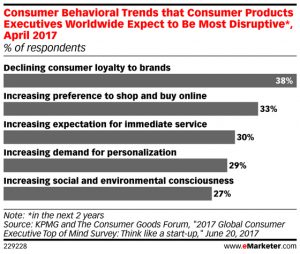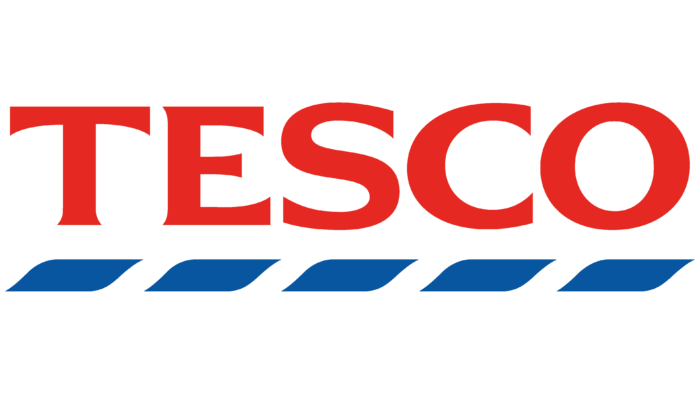Just like most entrepreneurs and business people, I go to my fair share of conferences. I believe that marketers can benefit from being regularly challenged by new thinking and ideas.
One that stays in my memory for many reasons, was an event I attended in San Jose, California. Some say California is the centre of internet marketing; the San Francisco area for technology and San Diego for marketing. I tend to agree after having recently attended events in both cities.
The conference that changed many of my views on modern marketing was one about how business people, not just marketers, can break through our self-limiting behaviours. It is this idea which prompted today’s post. How we marketers can relinquish our well-established thoughts and actions to make our businesses grow more profitably. If this is of interest to you too, then read on.
HEART-CENTERED VERSUS CUSTOMER-CENTRIC
The conference I attended in San Jose was a great opportunity for me to meet many other people from around the world. People who want to make their businesses more heart-centered. You know that I am a champion of customer centricity. I love to support companies that want to put their customers at the heart of their businesses.
So you might be wondering what the difference is between a customer-centric and a heart-centered business. After the conference, I would say that in my opinion, not much. I believe it is difficult to think customer first without it also involving the heart; at least, it should.
As we try to put our customers at the centre of our organisations, it is through a concern to satisfy and delight them. A heart-centred business would probably go even further to ensure that what they do also benefits non-customers, or, at least, doesn’t harm them.
Creating shared value has become a strong commitment of many of the leading global players in the consumer goods market. Reliance Jio, Merck and Bank of America lead the way according to the Fortune “Change the World” List.
If the topic inspires you then you might also be interested in reading an article on “Innovation and Creating Shared Value”, which I was invited to contribute to one of the first issues of the Journal of Creating Value. I will also be speaking at the 2nd Global Conference on Creating Value in New York later this year. So let me know if you too will be attending and we can meet up.
CUSTOMER FIRST EXAMPLES
But back to defining the types of business. Which is yours? Heart-centered or “just” customer-centric? Or are you not even there yet?
[bctt tweet=”Which type of business is yours? Heart-centered or “just” customer-centric? Or are you not even there yet? #CRM #CEX #CustomerCentric #CustomerFirst” username=”Denysech”]
Do you think customer first but forget about those who are not yet your customers? That’s a dangerous thing to do as you may be limiting your brand’s potential. Here are a few current habits that some companies … Click to continue reading






 Target announced last October its plans to introduce the “
Target announced last October its plans to introduce the “ Tesco recently introduced their “
Tesco recently introduced their “ Sainsbury’s has now retaliated with the launch of a new campaign with the title “
Sainsbury’s has now retaliated with the launch of a new campaign with the title “








